Film and Faith: Modern Cinema and the Struggle to Believe
Watson, Micah and Carson Holloway, editors. Film and Faith: Modern Cinema and the Struggle to Believe. Lanham, MD: Lexington Books, 2024. Pp. 220 $100.00.
Editors Micah Watson and Carson Holloway have gathered in Film and Faith: Modern Cinema and the Struggle to Believe a collection of essays designed to provide examples in modern cinema that are imbued with religious themes. While the selected films do not demonstrate explicit religious belief, their stories examine themes of sin, grace, faith, and evil. The editors note in the introduction that these themes are particularly salient during a “secularizing age” which they indicate is unsupportive of more overt depictions (1). Watson serves as the Paul B. Henry Chair in Political Science at Calvin University, and Holloway teaches political science at the University of Nebraska at Omaha. The contributors also have backgrounds in political science, as well as theology and philosophy. While there are some very enriching essays presented in this volume, there are some inconsistencies with the selections and their contents.
The first question I had reviewing this volume was how the editors were defining “modern cinema,” per the subtitle. While nine out of the eleven essays deal with films and film series released between 2005 and 2022, the inclusion of Babette’s Feast from 1987 feels a bit misplaced. However, Babette’s Feast is more justified than including an essay on It’s a Wonderful Life from 1946. This may feel unnecessarily critical, but it caught my attention because the introduction never offers a definition of modern cinema. However, they do make a point of identifying films from “an age of religious triumphalism in the history of film,” which they frame as predating modern, secular cinema (1). Some of these examples include The Ten Commandments (1956) and Ben-Hur (1959), both of which postdate It's a Wonderful Life by at least a decade. While it’s a minor point, a Frank Capra film is not well-positioned to “explore the problem of faith in the modern world,” as this collection attempts (2).
This chapter, “God, Man, and George Bailey: The Theological Anthropology of It’s a Wonderful Life” not only stands out because it is not an example of modern cinema, but its integration of established literature and theory in its analysis is thin. Much of the bibliography cites newspaper articles chronicling the critical reception the film received in 1946 and a few articles that apply postliberal and feminist readings to the film—fields of study that are not essentially related other than that their writers both contribute criticisms of It’s a Wonderful Life. Rather than respond with established theoretical counterpoints, most of the essay is an in-depth retelling of the film’s plot. The author briefly addresses criticisms made by political theorist Patrick J. Deneen and “feminist critics,” identified in the bibliography as Clare Coffey, Lisa Dowling, and Emily Scott (84-85). One example of his attempts to refute the theorists sees him react to Deneen’s observation that George Bailey is the embodiment of post-war capitalism. He attempts to counter by pointing out Europe’s “inherited monarchies” and their subsequent reliance on U.S. soldiers for protection, which is irrelevant to Deneen’s point (69). Even when his arguments are somewhat relevant, they are not grounded in literature but in his own observations without theoretical or literary reinforcement (78). The contributor obviously has deep personal affection for the film, but his defense of the film seems motivated to simply prove “Commie hunters, the front porch critical theorists, and some movie reviewers” wrong (69).
Most of the essays in the collection, however, offer deeper insights with more appropriate selections. For example: “Fantasies of Fallen Man: Reading Robert Eggers’ The Northman in Light of J.R.R. Tolkien’s Catholic Aesthetics” places philosophies in conversation with each other for the purpose of extracting new meaning. Dever presents J. R. R. Tolkien’s Catholic aesthetics to understand The Northman (2022). Tolkien speaks of a “rooted” quality of mythology that gives it an undeniable draw, and Dever does well to recognize that same quality in The Northman. While the protagonist begins with the brutal belief that pursuing revenge will assist the “recovery of his humanity,” he courageously moves toward love, even though his demise is guaranteed. Though the characters practice a Norse paganism with all its unsavory elements, Dever illuminates Tolkien’s “Catholic way to appreciate how Eggers’s enchantment might ask, or even yearn, for Christian completion” (19). Dever concludes we must have faith “while we remain mere mortals hemmed in a hostile world” (28). By rooting his analysis in established literature, Dever makes a thoughtful contribution that fulfills the editors’ intent to highlight modern films that, knowingly or not, affirm religious themes.
All in all, the thoughtful and enriching selections outweigh the odd additions in Film and Faith.. From Christopher Tollefsen’s study of sacred gratitude depicted in Gravity (2013) to Jordan J. Ballor’s observation of the neo-Malthusian perspective of Thanos in the Marvel Cinematic Universe, Christian educators will find meaningful reflections exploring the themes of transcendence mapped onto highly accessible titles in modern cinema.
Rachael Camp
Assistant Professor of Communication Arts | Union University

